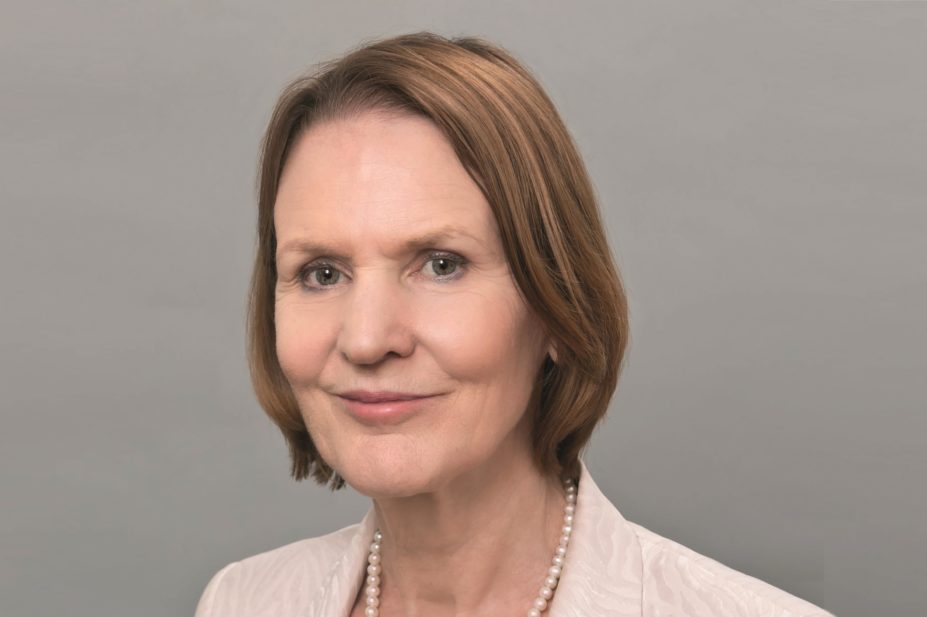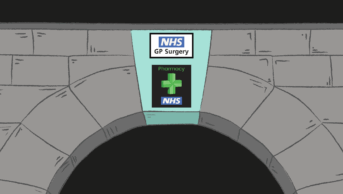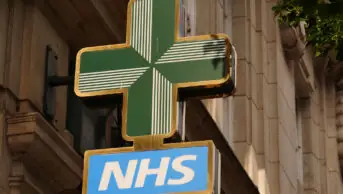
Pharmaceutical Services Negotiating Committee (PSNC)
Twelve services provided by community pharmacy in England delivered £3bn in net value during 2015, according to a report[1]
commissioned by the Pharmaceutical Services Negotiating Committee (PSNC).
The findings mean that the value of community pharmacy services to the NHS, patients and wider society exceeds their impact on public finances, the study’s authors say.
The analysis, conducted by PricewaterhouseCoopers, estimates that each community pharmacy in England contributed an average of at least £250,000 in value in 2015, but this could be as much as £625,000 when long-term and knock-on impacts on health are included.
Sue Sharpe, chief executive of the PSNC, says the report shows that community pharmacies “punch above their weight”.
“Community pharmacies already provide services at the heart of their communities, which people rely on all over the country,” she says. “[This] research shows that those services more than pay their own way.”
The analysis looked at 12 services delivered by community pharmacies in the areas of public health (such as emergency contraception and supervised consumption), self-care support/minor ailments and medicines support (including delivering and managing prescriptions, medicines use reviews and the new medicine service).
Using data from several sources, including local commissioning data from the PharmOutcomes database, PSNC surveys, audits and historical data, the authors estimated the value that would be lost if community pharmacy no longer provided these services. This included impact on costs to the healthcare system, other parts of the public sector, patient outcomes with regards to time and well-being, and the value to wider society, such as through loss of output and loss of life.
For each service, the analysts estimated the impact and cost of the next best alternative to community pharmacy delivery and calculated the difference in value between the two scenarios.
For the 12 services analysed, conservative estimates indicate that community pharmacy was provided at no net cost to public finances in 2015: community pharmacy delivered £3.0bn in avoided costs — a value that is net of the £247m that the analysts estimate that pharmacy received from central and local government to provide these services in 2015. This means that these 12 services alone offset the £2.8bn of total funding for community pharmacy from the Department of Health in 2015, the authors add.
Presenting the findings at a briefing in London on 7 September 2016, Mark Ambler, director at PriceWaterhouseCoopers, said: “The value of community pharmacy services exceeds those current funding costs that local government incurs delivering those services. To my mind that has to be a powerful conclusion.”
The results showed that the NHS was the biggest beneficiary of community pharmacy value. From the 12 services included, the NHS gained a net value of £1.4bn, primarily through cash savings and avoided treatment costs. “[Around] 40% of the benefit is to the NHS,” Ambler said.
Self-care support contributed the largest share of overall value, at 40%, followed by 31% for medicines support and 29% for public health.
Also speaking at the briefing, Alistair Buxton, director of NHS services at the PSNC, said it is difficult to assess the impact of minor ailments services, and that benefits may accrue over many years. “It goes on so frequently that it drives this massive value — £1.143bn [from non-commissioned minor ailments consultations]. That is a staggering figure and highlights the true hidden value of community pharmacy that the NHS really needs to make the best use of,” he said.
The report was commissioned by the PSNC in light of government proposals, outlined in December 2015, to cut community pharmacy funding in England by 6% for 2016–2017. The PSNC had previously told the government that there was a lack of evidence to support the proposals.
“We have now got a clear articulation of part of the core value of community pharmacy,” said Buxton.
David Taylor, professor of pharmaceutical and public health policy at the UCL School of Pharmacy, described the findings as “credible data that community pharmacy pays for itself over and above its core function”.
References
[1] Pricewaterhouse Coopers. The value of community pharmacy – detailed report. September 2016. Available at: http://psnc.org.uk/wp-content/uploads/2016/09/The-value-of-community-pharmacy-detailed-report.pdf (accessed September 2016)


